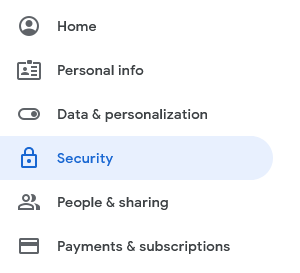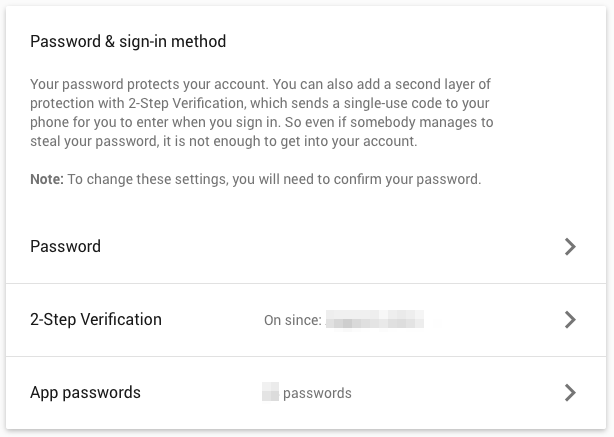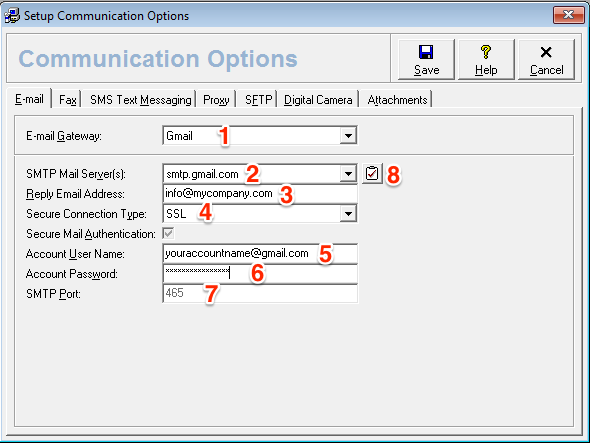At Your Service – Repair Centre and its Internet Utility can use GMail’s servers to send and receive email. This article describes the settings required.
Configure these settings in AYS under Setup – Communication Options – Email. See below for descriptions of what to enter in each field.
- Choose Gmail from the dropdown list. This will populate many of the other fields. Note that the “Secure Mail Authentication” and “SMTP Port” fields will be disabled and set to Google’s allowed defaults.
- The recommended server smtp.gmail.com will automatically be supplied. This value is sufficient for almost all Gmail users. In some countries, such as Germany, you may need to use smtp.googlemail.com. You may also enter a different server name here, if needed.
- Enter the “From” or “Reply To” address that you want to have attached to your emails. You may need to add this email address in Gmail as a valid “From” address for your account. You can find this setting un Gmail – Settings (the gear menu on the right) “Accounts and Import” – “Send mail as”.
- Select the secure connection type. SSL or TLS are both supported by Google. As you change the value in this field, the “SMTP Port” field (7) will automatically update.
- Enter your full Gmail account name. This should be your @gmail.com address unless you are a Google Apps for Business user, in which case you should enter the email address you use to log in to Google Apps for Business.
- Enter your Gmail account password. If you have two factor authentication turned on, you may need to follow the additional steps listed below.
- Note that this field is not editable. It will show 465 for SSL connections and 587 for TLS connections.
- Click this button to test the settings. If you see “ESMTP Authentication Failure” then recheck your Account User Name and Account Password entries.
Allowing AYS to connect to your account
Google has implemented some other features to limit which applications can connect to your Gmail account, and these may interfere with AYS connecting to the Gmail SMTP servers. You can solve this in two ways:
- Enable the setting to “Allow less secure apps” in the Gmail Settings, or
- Enable “Two Factor Authentication“, which will usually require both your password and a code generated by your smartphone, or an application-specific password that you create in your Google account settings.
Password access only
If you do not wish to turn on Two Factor Authentication, or if it is impractical or impossible to do so, then follow these steps.
Google updates and redesigns their web site from time to time,
Go to https://myaccount.google.com. Ensure that you are logged in to the correct account by checking the top right area of the browser window.
Click “Security” in the sidebar.

On the bottom of the page you will see a setting for “Less secure app access”. This feature should be on. If you turn off access as they recommend, you will not be able to use AYS to send emails.


Click the slide switch to turn this feature ON.
You should now be able to use the Gmail SMTP servers from within AYS.
Two Factor Authentication (e.g. using Google Authenticator)
AYS does not have the ability to use the two-factor authentication codes that Google Authenticator generates. Instead, you can create a unique password for AYS that will still use your Gmail account name.
Go to https://myaccount.google.com. Ensure that you are logged in to the correct account by checking the top right area of the browser window.
Click “Security” in the sidebar and go to the first section, “Signing in with Google”

In this section, choose “App Passwords”
At the bottom of the list, click the “Select App” box and choose “Other (custom name)”. You can enter something here that identifies AYS on a particular workstation. Click “Generate”.

The password will look something like this. Copy the password from the yellow box and enter that for the “Account password” field (field #6) in the setup screen as shown above.
It is good practice to have a different password for each workstation, if one workstation becomes compromised in some way, you can revoke the password for that one machine and still retain the security of your account.
1 person found this article useful
1 person found this article useful
